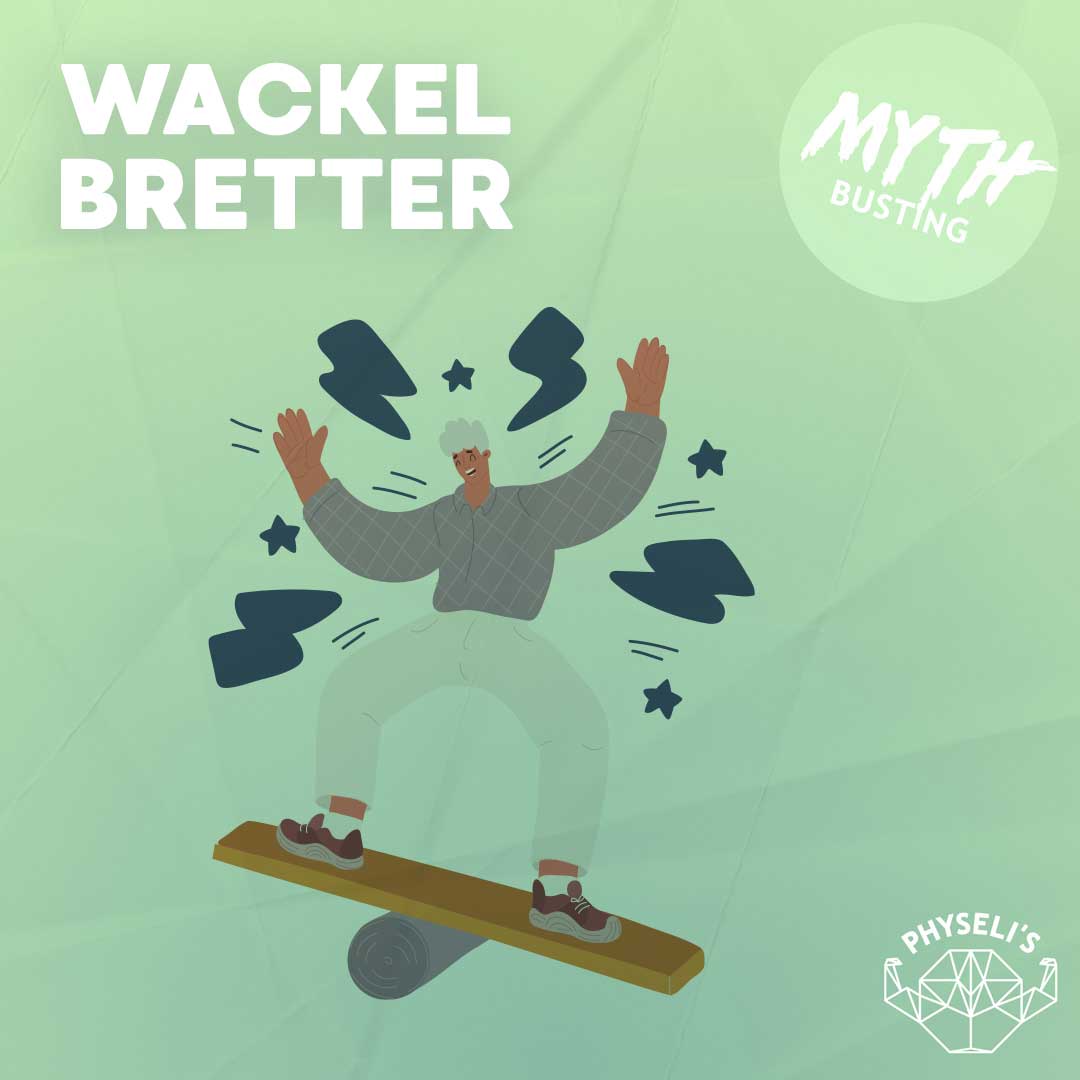WHAT IS OSTEOPATHY?
Osteopathy refers to various diagnostic and therapeutic procedures that are carried out using the hands.
Osteopaths try to feel tensions and movement restrictions in the human musculoskeletal system and then mobilize and treat muscles, joints and other structures.
CRITICAL VIEW
The authors Thomson and MacMillan (2023) critically examine the basic assumptions, practices and characteristics of osteopathy and identify 5 problematic areas:
- Weak theoretical basis
- Inherent biomedicalization
- Focus on individual interventions
- Therapist-centeredness
- Implausible explanations/mechanisms
WEAK THEORETICAL BASIS
Osteopathic theories are based almost exclusively on biomedical assumptions that attribute diseases to objective mechanical deviations.
The human being is viewed as a machine.
This view contradicts a holistic, biopsychosocial approach.
Suffering arises from complex biological, psychological and social structures and relationships, which must be recognized.
Osteopaths are encouraged to think critically about their theoretical foundations and philosophies in order to ensure contemporary treatment.
INHERENT BIOMEDICALIZATION
As an explanation for illness and pain, osteopathy focuses on simple structural and functional dysfunctions.
This is a very simplistic and reductionist view and is at odds with a holistic perspective on health.
In the treatment of pain and suffering, the focus is on a positive concept of health and the person’s potential to manage their own health problems in the face of social, physical and emotional challenges.
In order to improve the quality of osteopathic treatment, it is recommended that psychosocial factors are taken into account to a greater extent, that scientific evidence is taken into account and that a pure focus on the body is avoided.
FOCUS ON INDIVIDUAL INTERVENTIONS
Osteopathy focuses almost exclusively on manual treatments using the hands. Frequent maxims are, for example: “The most powerful tools are our hands”. However, such philosophies minimize cognitive, critical and reflective processes. Despite the claim to holistic treatments, osteopathy relies mainly on manual therapy. In fact, the range of therapeutic approaches is much wider, for which there is a growing evidence base. It is recommended that the repertoire of interventions be expanded to include contemporary theories (e.g. pain science). These aspects are important to address individual problems.
THERAPIST CENTERING
The biomedical basis of osteopathy leads to an unbalanced relationship between therapistand patient.
Person-centered treatment is potentially the most effective approach and is therefore sought as the standard, where the idea of shared decision making plays an important role.
And this goes far beyond patient to ask patients which manual technique they would prefer.
Patient The patient should be seen as an active partner in the treatment.
However, the basic principles of osteopathy only allow this to a limited extent, as the focus is primarily on technical expertise and manual skills.
IMPLAUSIBLE MECHANISMS
Many osteopathic theories are based on individual interpretations and experiences of small groups of people and are often not falsifiable.
This also poses major challenges for research.
Many attempts at explanation in osteopathy are far removed from reality.
There are objective truths where subjectivity is not appropriate (e.g. repositioning misaligned vertebrae or sensing movements of cranial sutures).
However, some osteopathic explanatory models mix subjective experience with objective truth claims.
In order to survive in the future, osteopathy must be open to new knowledge.
It should be prepared to discard outdated explanations in order to develop further.
Sources:
- Esteves, J. E., Zegarra-Parodi, R., van Dun, P., Cerritelli, F., & Vaucher, P. (2020).
Models and theoretical frameworks for osteopathic care – A critical view and call for updates and research.
International Journal of Osteopathic Medicine: IJOM, 35, 1-4. https://doi.org/10.1016/j.ijosm.2020.01.003 - Gibson, B. E., Terry, G., Setchell, J., Bright, F. A. S., Cummins, C., & Kayes, N. M. (2020).
The micro-politics of caring: tinkering with person-centered rehabilitation.
Disability and Rehabilitation, 42(11), 1529-1538. https://doi.org/10.1080/09638288.2019.1587793 - Rocca, E., & Anjum, R. L. (2020).
Complexity, reductionism and the biomedical model.
In Rethinking Causality, Complexity and Evidence for the Unique Patient (pp. 75-94).
Springer International Publishing. - Smith, D. (2019).
Reflecting on new models for osteopathy – it’s time for change.
International Journal of Osteopathic Medicine: IJOM, 31, 15-20. https://doi.org/10.1016/j.ijosm.2018.10.001
💚Do you need support with your workout, rehabilitation after injury or just want to feel more comfortable and healthy in your body overall? Check out our offer or book a free online consultation.⠀

